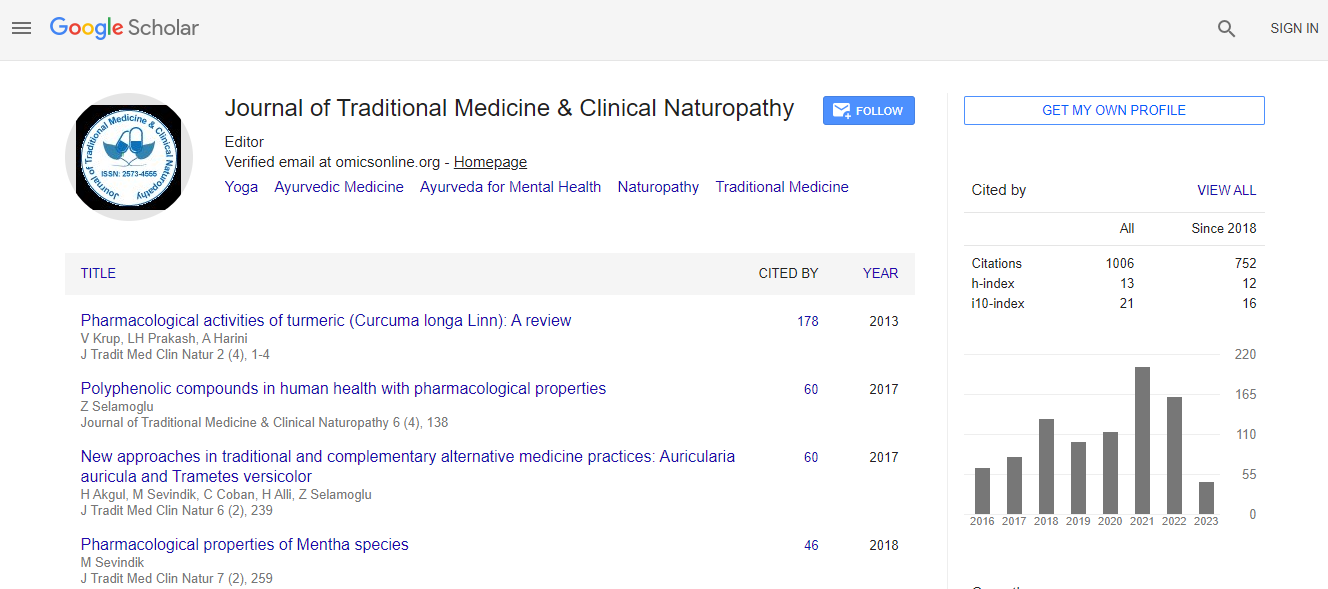Research Article
Acupuncture Prevents the Atrial Fibrillation through Improving Remodeling of Atrial Appendage in Rats
| Zhu P1, Zhang M1, Yang M1, Puji D2, Ying Guo1, Ao P3 and Sun Y1* | |
| 1The 2nd affiliated hospital of Heilongjiang TCM University, China | |
| 2TCM hospital of Daqing City, China | |
| 3The expriment center test cabinet of heilongjiang TCM University, China | |
| Corresponding Author : | Sun Y The 2nd affiliated hospital of Heilongjiang TCM University, China Tel: 008-6451-8709-3371 E-mail: 13069870666@163.com |
| Received December 22, 2015; Accepted January 02, 2016; Published January 04, 2016 | |
| Citation: Zhu P, Zhang M, Yang M, Puji D, Guo Y, et al. (2016) Acupuncture Prevents the Atrial Fibrillation through Improving Remodeling of Atrial Appendage in Rats. J Tradi Med Clin Natur 5:186. doi:10.4172/jtmcn.1000186 | |
| Copyright: © 2016 Zhu P, et al. This is an open-access article distributed under the terms of the Creative Commons Attribution License, which permits unrestricted use, distribution, and reproduction in any medium, provided the original author and source are credited. | |
| Related article at Pubmed, Scholar Google | |
Abstract
The evidence from clinical experiments of acupuncture given at Neiguan (PC 6) spot has been proven effective in cardiovascular pathologies including cardiac arrhythmia. To understand how acupuncture prevents the atrial fibrillation (AF), the most common cardiac arrhythmia, an in vivo model of AF in rat was induced with continuous tail injection with CaCl2 and ACH for 7 days. Meanwhile, bilateral acupuncture at PC6 was treated for 30 min just before the injection, and amiodarone worked as a positive control in this study. We found that both acupuncture (PC 6) and amiodarone treatments could effectively prevent the onset of arrhythmia and restore the sinus rhythm in AF rats. The analysis of ECG showed the AF maximal durations (p<0.05) and P-wave dispersion (p<0.05) in acupuncture (PC 6) were reduced. H & E-stained sections of the right atrial appendage from model group showed interrupted cardiomyocytes, myolysis, interstitial edema and increased extracellular space, which could be significantly improved by acupuncture at PC 6 group. Ultrastructure changes also were observed with electron microscope. Compared with the rats from model group, the sarcomeres were organized normally, and the number of swollen mitochondrial was reduced in the group of acupuncture at PC 6. Moreover, there were no major ultrastructure differences with the amiodarone group. These results suggest that the anti-arrhythmia effect of acupuncture may be mediated through the restoration and modification of remodeling of right atrial appendage.

 Spanish
Spanish  Chinese
Chinese  Russian
Russian  German
German  French
French  Japanese
Japanese  Portuguese
Portuguese  Hindi
Hindi 
